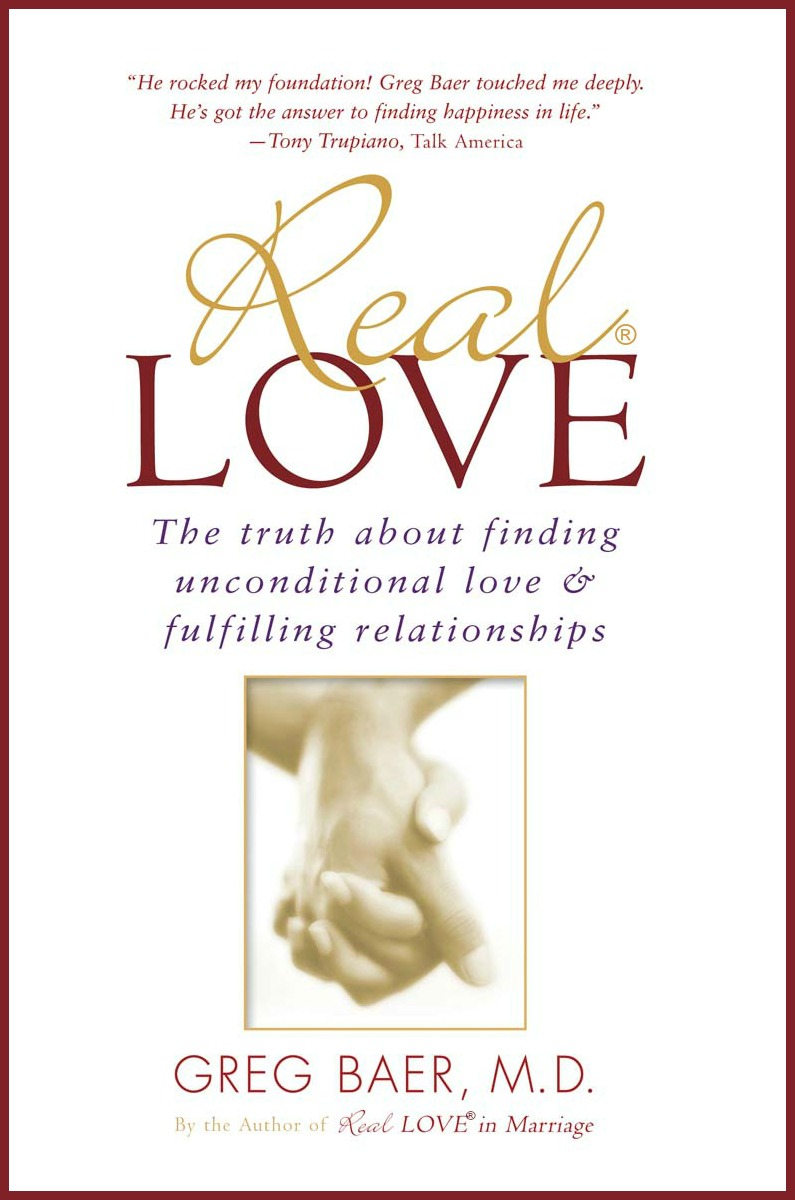A creek runs through our backyard, and if it rains hard for many days, the creek rises to the point that it overflows and eventually turns the entire backyard into an impressive river. In the twenty-one years we have lived here, the river has risen up to the edge of the foundation of the house twice, and on one occasion it entered the first floor of the house to a significant degree.
As more homes have been built downstream from us, additional bridges have been built across the creek, which have restricted the flow of the creek to some extent. Any limitation of flow increases the potential for flooding in our yard, so I decided to protect our home from flooding by building a two-foot-high concrete wall all around the back of the house.
I resolved to build the wall in three sections. For those of you who have never built anything out of concrete, it’s often delivered by a truck in a semi-liquid form, with the approximate consistency of oatmeal porridge. It is then poured into a wood or metal container that molds the concrete into the desired shape: a foundation, a sidewalk, or wall, for example. Then when the concrete hardens over a period of a day or so, the container — called a form by those in construction — is removed from the concrete, leaving the desired structure in hardened concrete. In the case of our wall, picture a vertical sandwich with two pieces of plywood being the pieces of bread, and six inches of concrete being the “meat” of the sandwich.
I had poured concrete on many occasions, so even though I had never poured it in the form of a wall, I was nonetheless confident in my ability to complete the job. Three of my sons and I built the forms and began shoveling the liquid concrete into them. Then we discovered that the weight of the concrete — three and a half feet high, including the foundation — was considerably greater than we had anticipated. If you want to get an idea of the pressure exerted by that much concrete, rest a three and a half foot pillar of concrete on your foot.
As we poured, the pressure of the concrete pushed the bottom third of the forms apart, giving us a wall wider at the base than at the top. Then the forms began to bulge in the middle, and in some places, the wall began to lean. This was all quite a problem, because a concrete truck will only wait so long while you’re working, and the concrete also begins to harden. While some of us carried concrete from the truck to the site and shoveled it into the forms, others of us were hurriedly reinforcing the forms in a variety of ways, with stakes, braces, clips, and supports. It turned into a construction circus. Then we ran out of concrete, because I had calculated the volume of concrete based on neat, straight, forms, and considerably more concrete was required to finish the job after our forms bowed outward.
For the second section, we took advantage of the lessons we had learned from pouring the first section. This time we bolted threaded rods through the forms in many places, so they held the forms a uniform six inches apart everywhere. We staked them to the ground much more firmly, so the bottoms didn’t move outward with the pressure of the concrete from above. We also made other improvements, so that when we made the second pour, we accomplished an even longer section in half the time and with much less effort.
The extra effort we put into preparing for the second pour resulted in a faster, easier, and better construction job. And it’s likely that the hours we put into building the wall will someday save us a great deal of trouble if the river rises and threatens our home.
In building a concrete wall, we can’t take shortcuts, or we pay a heavy price. We all learn that general lesson when it comes to building walls, building businesses, acquiring educations, and so on, but when it comes to our personal lives, we often believe the rules are different. In our personal lives we think we can cheat. We think we can get away with minimal preparation, and that just is not the case. The more effort we put into preparation in our personal lives, the stronger we become and the easier it is to deal with every difficulty we encounter. It’s ironic that we think we’re “saving” time and effort when we skip preparation, but we pay far more in the future as we deal with the consequences of our lack of preparation.
People often call me in the middle of conflicts and ask what they should do. In that particular moment, it’s often too late to offer any advice that will help. The advice I do give is frequently intended to prepare them to prevent the next conflict or to make the next difficult situation much easier to deal with.
When it comes to your personal life, prepare now. Prepare a lot. Never get tired of preparing. Enjoy every minute of it. Regularly tell the truth about yourself and create opportunities to feel unconditionally accepted and loved. Then practice loving others. The rewards of your preparation will be beyond your comprehension. If you have adequately prepared, when you are assaulted by criticism, anger, conflict, and other difficulties, you will find yourself in possession of a profound peace and an ability to feel loved and be loving — true power — that are beyond price.


